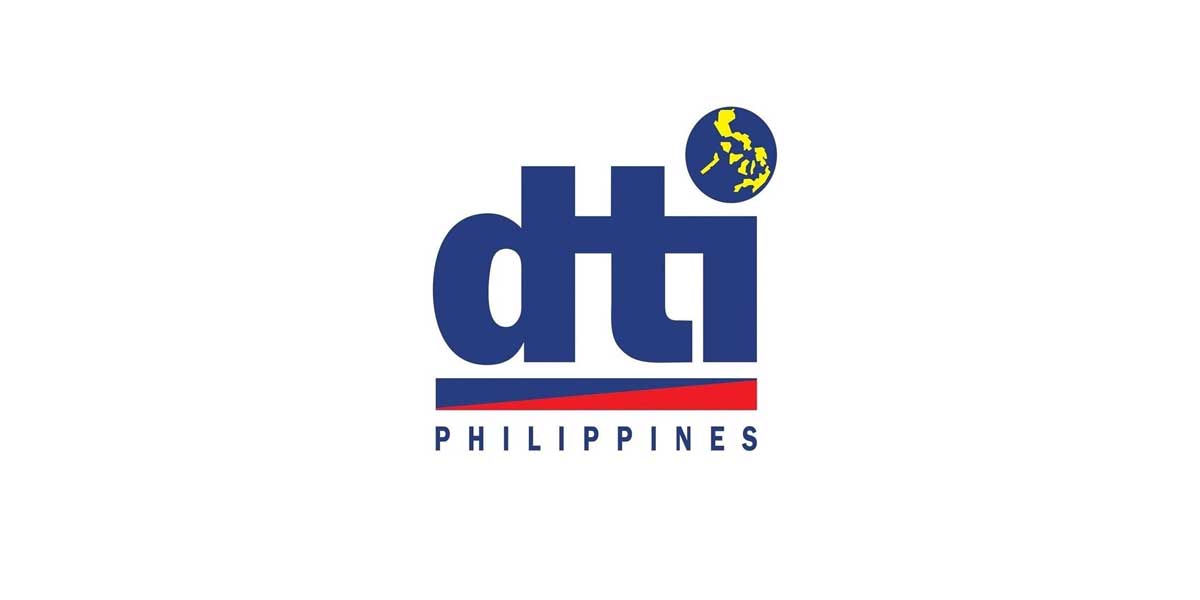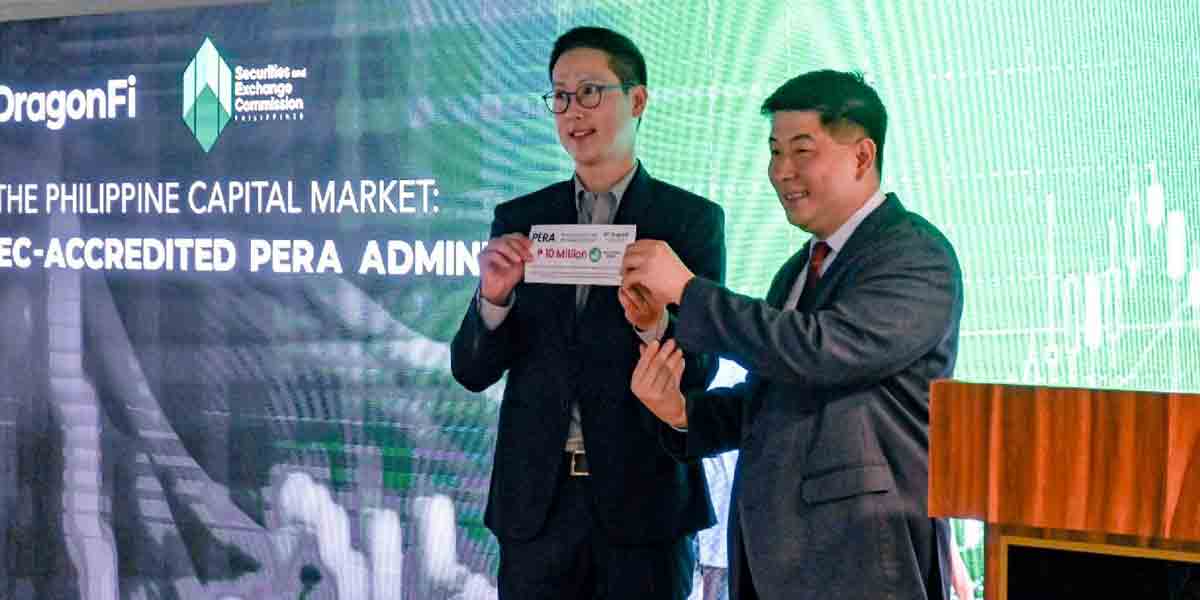By Herbert Vego
CALL it a blessing in disguise that prices of fossil fuels like oil and coal have gone through the roof. It has encouraged prioritization of renewable energy, such as geothermal, wind and solar. For this discussion, let us focus on solar or energy from the sun, since it is now within reach by wage earners.
It is no longer an expensive alternative source. It may now be integrated to the grid through the distribution utility, specifically MORE Power as far as Iloilo City is concerned.
In fact, no less than Energy Regulatory Commission (ERC) chair Monalisa Dimalanta came here to forge a tripartite agreement with MORE Power President Roel Z. Castro and Mayor Jerry P. Treñas to advance renewable energy development and promote the utilization of the net-metering program and distributed energy resources.
Under the agreement, MORE Power would establish a one-stop shop for renewable energy while the ERC would provide technical and regulatory expertise.
Treñas told the media, “Our efforts include solar panels at the national high school, city hall, dialysis centers, and eye care facilities.”
MORE Power and Meralco in Metro Manila are the only two distribution utilities that ERC has partnered with for renewable energy adoption.
Net metering is a system where residential and commercial customers that are connected to the distribution utility (DU) may harness electricity from renewable sources. Taking the solar panels for example, the electricity that is not consumed by the customer is automatically exported to the DU system, where its peso value is credited to the customer’s electric bill.
Prime Strategic Holdings, of which MORE Power is a subsidiary, may soon establish a solar farm in Iloilo.
An existing coal-fired generating plant in Concepcion, Iloilo — Palm Concepcion Power Corporation (PCPC) – is now at work on a ₱260-million solar farm that would produce 5.57 megawatts of photovoltaic power.
Already, 72 qualified end-users in Iloilo City have been issued certificates of compliance under the net metering program by the ERC, with a collective capacity of 985.37 kilowatt-peak.
The other day, I had the opportunity to talk to businessman Joseph Teruel, the pioneer in the importation and installation of solar panels in Iloilo City. His company known as Peak Power has “solarized” such buildings as the Medicus Hospital, St. Paul’s University, and the Iloilo City Public School Teachers Cooperative, among others.
They have the option of either connecting to the grid or to diesel-powered generators to assure continuity of electricity at night or during “sunless” days.
For such big projects requiring a hundred or more solar panels, Peak Power offers a “solar investment program”. The customer has no capital expenditure whatsoever; he merely pays his monthly bill based on kilowatts consumed.
Teruel said that under this program, a building owner using 100 kilowatts of solar power pays an average of ₱40,000 per month.
When bought outright, it would cost at least ₱3.3 million. Not bad, since solar panels may last from 20 to 30 years.
Teruel embarked on his solar business in 2009 when China-made solar panels were still very expensive at ₱150,000 each. With two 500-watt panels installed to empower a home with an air-conditioner, a TV set and a refrigerator, a customer would have to invest a minimum of ₱300,000.
Today, however, these two panels cost much cheaper at a minimum of ₱55,000, or ₱80,000 with rechargeable battery included.
When exposed to sun rays, these panels produce an electric charge, creating a direct current (DC). An inverter converts the DC electricity into alternating current (AC), the type of current used in powering everyday electrical equipment and appliances.
Known as the home solar system, this is more popular in provinces where the grid electricity supply may be missing or intermittent.
Solar panels are predominantly made of semiconductor materials, mainly silicon on a metal frame and enclosed in a glass casing. Incidentally, I just learned that a silicon mine has been operating in Libertad, Antique for two decades.
As to who the fortunate miners are, hindi ko alam ‘yon ah.




















